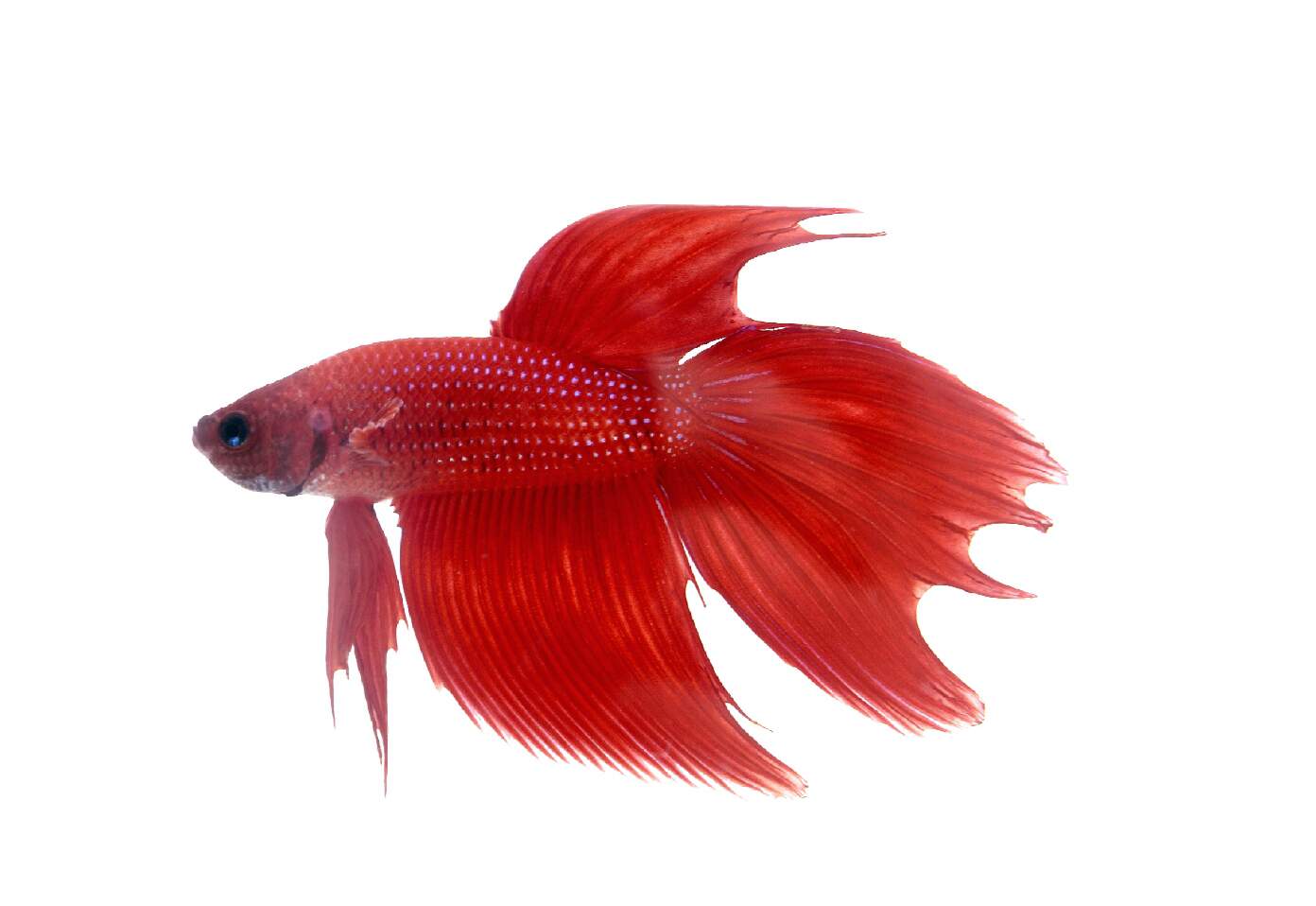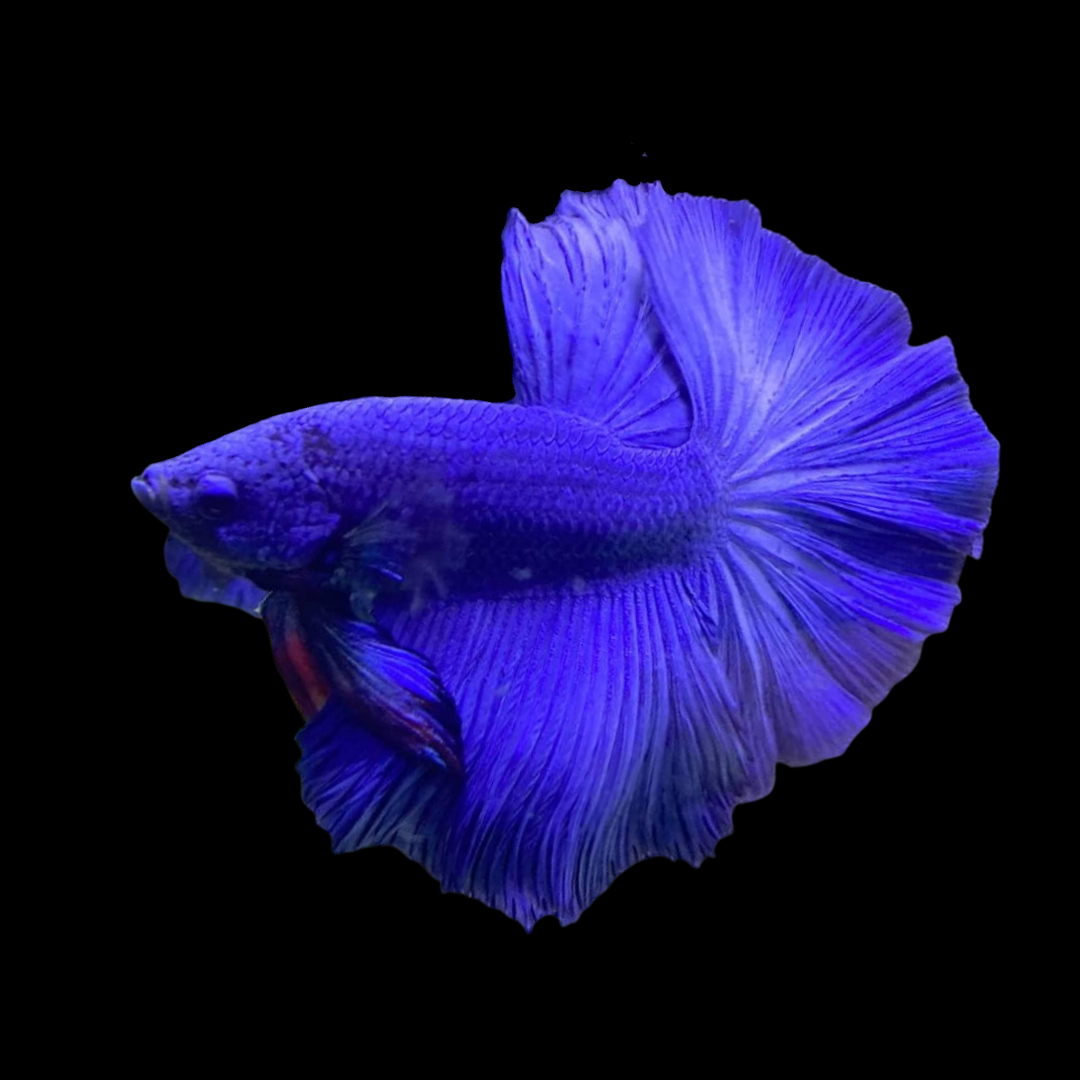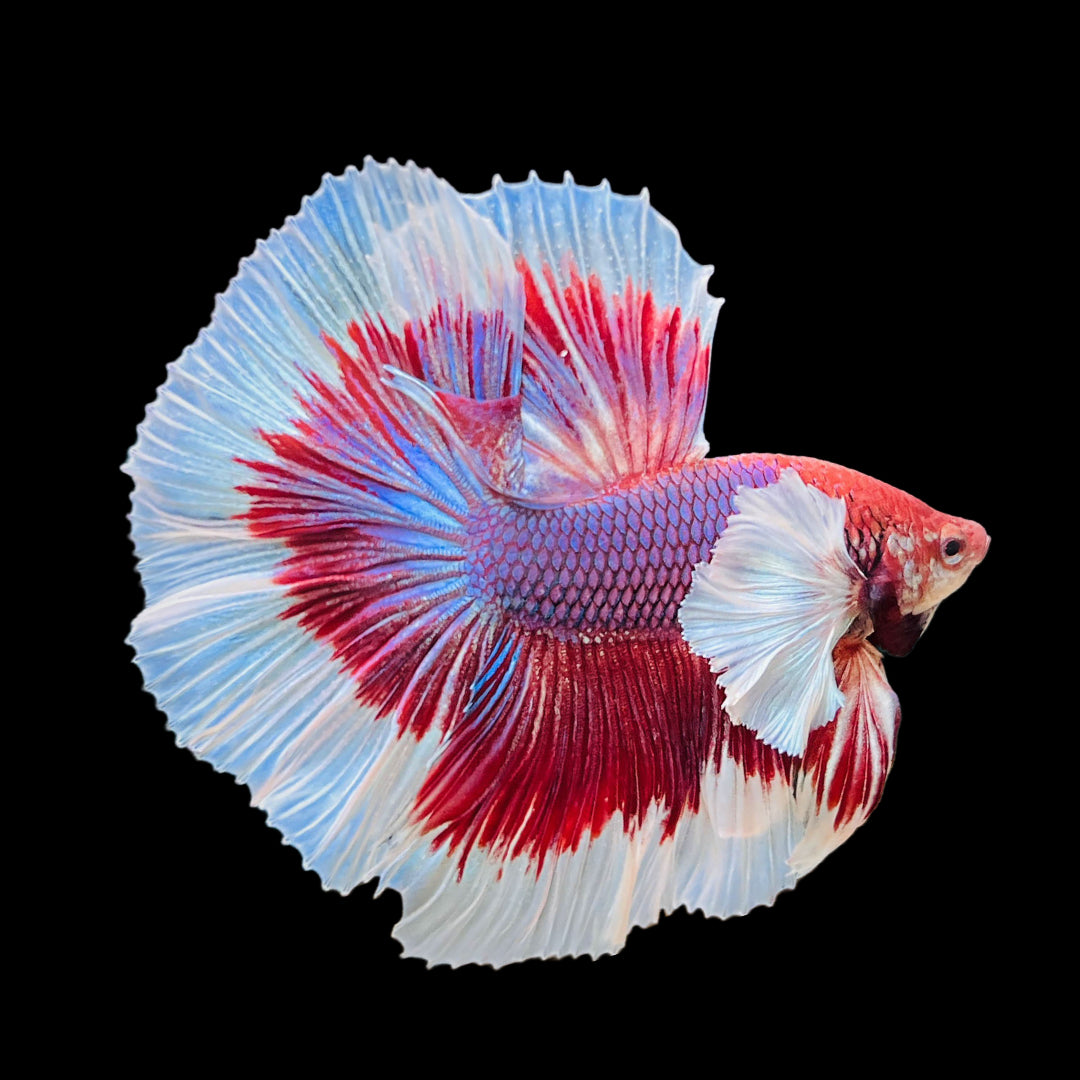Betta Fish Care: Crucial Tips for a Healthy And Balanced and Pleased Animal
Betta Fish Care: Crucial Tips for a Healthy And Balanced and Pleased Animal
Blog Article
Reproducing Betta Fish: a Comprehensive Step-By-Step Guide to Effectively Raising Child Bettas From Eggs to Adulthood
Breeding Betta fish is a meticulous endeavor that needs careful planning and implementation to ensure the effective development of fry from eggs to develop fish. As the male Betta faithfully constructs a bubble nest and guards the priceless eggs, the succeeding stages of care and change need attention to detail and knowledge of best methods.

Selecting Reproduction Pairs
When starting the trip of reproducing Betta fish, choosing the best breeding pairs is crucial to achieving preferable qualities and a healthy family tree - betta fish. The very first step in this process is to identify the certain characteristics you want to enhance or maintain, such as color, fin type, and physique. It is necessary to pick genetically diverse pairs to avoid inbreeding, which can cause health and wellness concerns and unfavorable qualities
Review prospective breeding prospects thoroughly. A healthy male Betta should exhibit vibrant shades, an energetic behavior, and well-formed fins, while the female ought to also display vibrant pigmentation and a rounded belly, suggesting readiness for spawning. Observing the temperament of both fish is important, as aggressive or excessively timid individuals may not breed successfully.
Documents of lineage is similarly vital. Keeping records of the parent fish's origins can aid you track hereditary traits and prospective issues. Additionally, seek advice from reputable breeders or on-line resources for guidance on picking compatible sets. Eventually, spending time in the option procedure will significantly boost the possibility of generating strong, vibrant children that meet your reproduction objectives (betta fish).

Preparing the Reproduction Container
Developing an ideal reproduction atmosphere is a key action after choosing suitable sets for Betta fish. The reproduction tank must be particularly created to supply comfort and boost the natural reproduction actions of the fish. Start with a storage tank size of at least 10 gallons to ensure ample room for both the male and female Bettas.
Keep a gentle filtering system to keep the water tidy while avoiding strong currents that can emphasize the fish. Additionally, an air rock can be contributed to give oxygenation without disrupting the water surface excessive.
Temperature regulation is vital; purpose for a secure array of 78-82 ° F(25-28 ° C) making use of a reliable heater. The pH degree ought to be preserved between 6.5 and 7.5, and regular water modifications are needed to ensure high water top quality.
Include floating plants or spawning sponges to develop concealing areas for the female, while additionally encouraging bubble nest building by the man - betta fish. Ultimately, make certain the tank is cost-free from sharp decors and any prospective hazards, as the well-being of the fish must always be focused on during this vital stage of reproduction.
The Breeding Refine
Commonly, the breeding process for Betta fish entails a series of distinct and official site visible behaviors that suggest preparedness for recreation. The male Betta begins by developing a bubble nest at the water's surface area, which works as a website for the fertilized eggs. This nest is important, as it supplies a risk-free environment for the eggs until they hatch out.
When the nest is established, the man will show courtship behaviors, such as flaring his fins and displaying vibrant colors to attract the lady. The lady, upon sensing the male's readiness, will certainly react by displaying upright stripes along her body, signifying her receptiveness.
When the female methods, the male engages in a mating dancing, commonly resulting in an accept referred to as the "spawning." Throughout this welcome, the lady releases her eggs, which the male feeds promptly. The fed eggs after that fall to the bubble nest, where the male very carefully gathers and returns them to the nest. Following this, the male presumes duty for guarding the nest and ensuring the security of the eggs up until they hatch, commonly within 24-36 hours. This phase is critical in the breeding procedure, laying the foundation for successful fry development.
Taking Care Of Betta Fry
Caring for Betta fry calls for cautious interest to their atmosphere and nourishment to make certain healthy and balanced growth and development. After hatching out, Betta fry are incredibly little and susceptible, requiring a stable and tidy habitat. Preserving a water temperature between 78 ° F and 80 ° F is essential, as Betta fry flourish in warm problems. In addition, guarantee that the water is without unsafe contaminants; routine water adjustments of 10-20% are advised to keep ideal water top quality.
Feeding Betta fry is just as important. Initially, they must be offered infusoria or carefully crushed premium fry food, as their mouths are too small to deal with bigger fragments. As they grow, you can progressively present bigger foods, such as child brine shrimp or powdered flakes, to ensure they receive adequate nourishment. Feed them small quantities a number of times top article a day, taking care not to overfeed, which can cause water quality problems.
Transitioning to Adult Bettas
As Betta fry fully grown, transitioning them to adult Bettas is an essential phase that needs mindful administration of their setting and social interactions. This process typically starts when the fry get to around six weeks old, whereupon they can be gradually presented to a more organized living environment.
To facilitate this shift, it is important to make sure that the water criteria-- such as temperature level, pH, and ammonia levels-- are optimum and steady. Grown-up Betta fish flourish in cozy water (around 78-80 ° F) with a pH of 6.5 to 7.5. Progressively accommodate the fry to these conditions to reduce anxiety.
Social communications are an additional crucial element; male Bettas are infamously territorial and aggressive. For that Check This Out reason, it is suggested to separate men into specific storage tanks as they grow. Women Bettas can be housed with each other, but treatment must be taken to keep an eye on for indications of aggression.
Furthermore, dietary modifications need to be made as the fry expand. Incorporate top notch pellets and live foods to sustain their growth and health. By taking care of these aspects properly, you can promote a successful shift to their adult years for your Betta fish.

Final Thought
Effective breeding of Betta fish needs mindful focus to detail throughout the whole procedure, from picking genetically varied pairs to providing optimal treatment for fry. Furthermore, a balanced diet and progressive adjustment to grown-up environments are important for the growth and growth of Betta fish.
Report this page